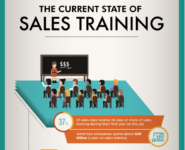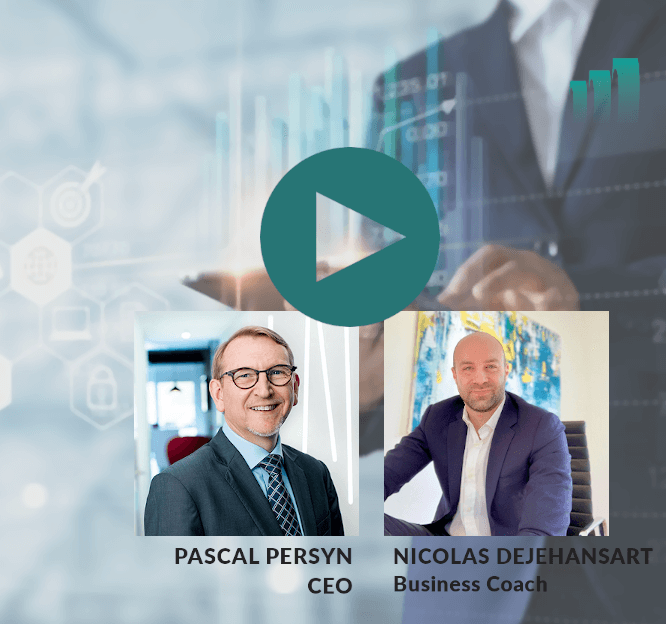Commercial excellence means you know your customers so well, that you fully understand them as well as their context. This allows your company to anticipate their needs and expectations. And via sales and marketing to communicate the right thing at the right time, and to show the impact and value of what you have to offer.
To achieve commercial success, it no longer suffices to promote your company. Nor to merely listen and ask questions. Buyers increasingly expect the right information at the right time. And a number of elements are important in this regard.
Commercial Excellence: really know your customer
We need to align activities to the customer’s expectations. Any contact with your company, personal or online, needs to contain the right message aligned to the customer’s readiness to buy. You can accelerate the sales process considerably by meeting their expectations with every contact.
In terms of results
It’s not about what your service or product can do, but about its value to the customer. How does it impact their organisation? What specific results can they expect?
Highest market price
A customer-oriented organisation strives for the highest market price for its products and services. But at the lowest cost from the customer’s perspective. Commercial excellence has a positive impact on your cost of sales and enables you to get results twice as fast.
How can you achieve this? You may ask yourself the following questions:
- Do your product developers and officers understand the importance of your products and services to the customer?
- Do they know how the customer will work differently? And what improvements he will accomplish?
- Are all persons involved aware of how your strengths will contribute to a better result?
- Can you say whether your products or services will give a better result than those of your competitors?
- Do your customers recognise the link between your strengths and their accomplishments?
Becoming a customer-oriented organisation
Not every industry has noticed crucial changes in customer behaviour yet. Determine to what extent your customer target groups are already part of the experience economy. To what extent do they use the Internet and social media to inform themselves? If this is the case, follow these four steps to achieve a more customer-oriented approach:
- Ensure that your market is segmented on the basis of equal needs and reasons to buy. So that your sales messages can be used on a wider scale and are at the same time aligned in detail to each segment’s unique character
- Map the obstacles preventing your employees from embracing new ways of working. Also map possible motivating factors to change work patterns
- What current processes and KPIs obstruct a more customer-oriented approach?
- Develop and implement a change project taking into account all of the above. Take special care to implement the required changes on a human scale. And clearly communicate the benefits for each person involved so as to stimulate willingness to change.
Reach your full potential and create commercial excellence: benchmark your company against ‘Best in Class’ with our Sales Performance Benchmark



 Pascal Persyn
Pascal Persyn

